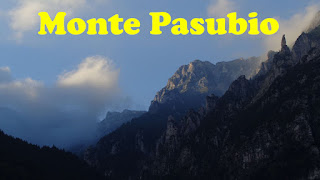POST 263 27AUGUST2016
-EXERCISE VO-UY/FEARLESS
- Mount Pasubio
-52 Tunel Trail -Pictures
|
|
www.clubmasterhoang.blogspot.com
POST 263 27AUGUST2016
MONTE PASUBIO/ MOUNT PASUBIO (Italy)
Mount Pasubio is home to a wonderful hiking trail.
The 52 Tunnel trail is a rugged trail cut directly into
the mountain sides. The tunnel trail was strategically built during the first
World War.It would take about three hours to get to the top, and at the end
of the trail one could find a nice restaurant with amazing view of the
mountains.
|
|
|
(Received
from Paola Binh Lam)
Monte Pasubio, on the border
between Trentino and Veneto, was the scene of one of the most dramatic phases
of the first world war between Italians and Austrians. Thousands of young men
died on these heights, no gain ground neither one side nor the other. Many of
them are still buried under the white stones. Now the whole mountain became
sacred area, as well as offering stunning views, it offers poignant insights
about the futility of wars past and present.
|
END OF POST 263 27AUGUST2016











































